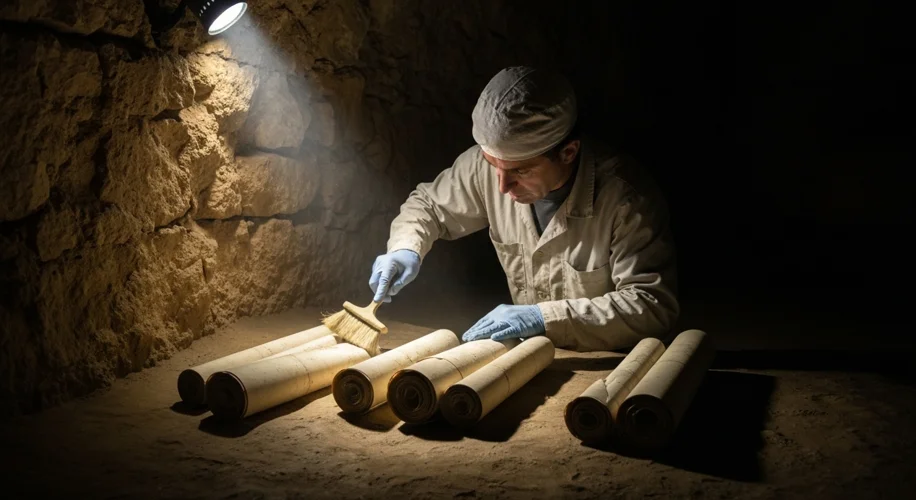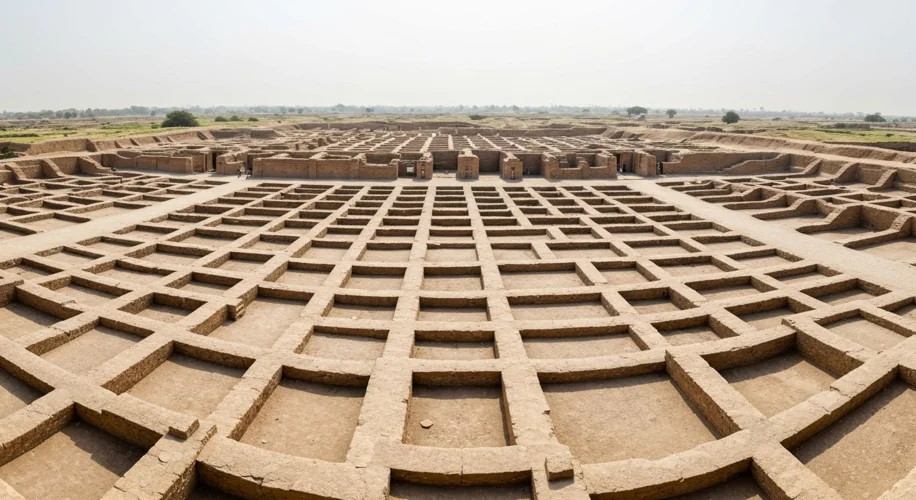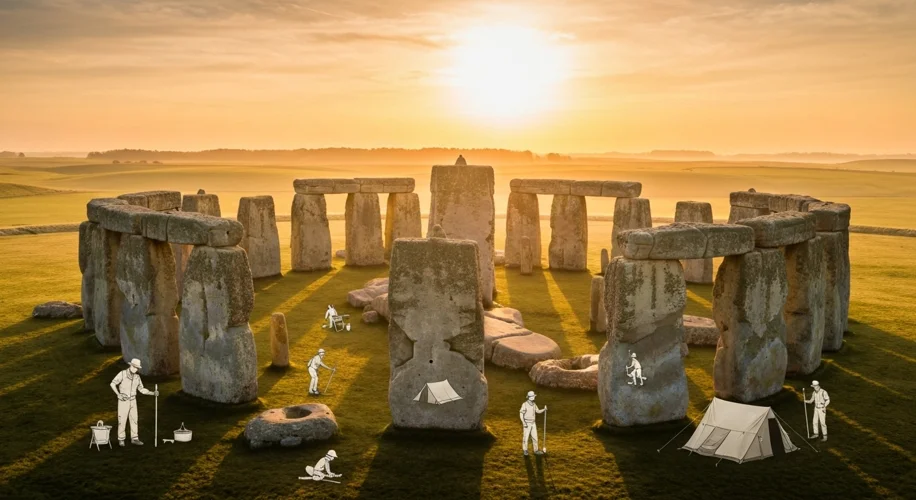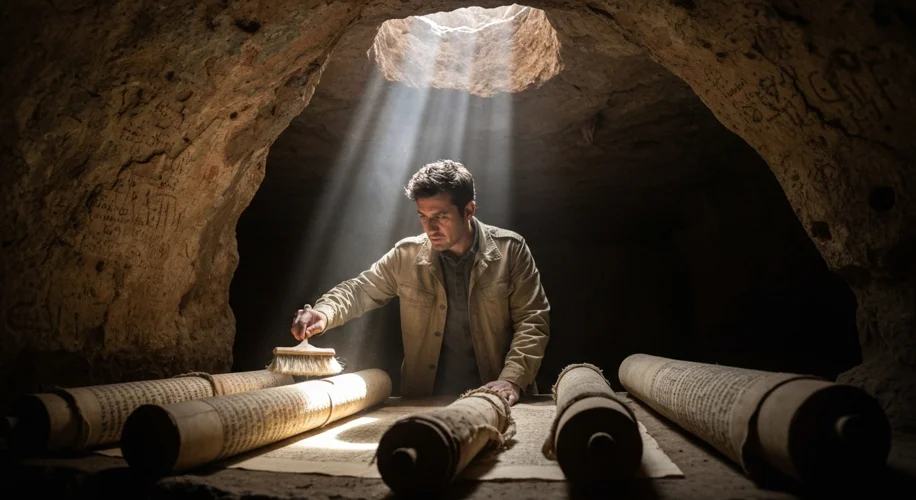The whisper of trowel against ancient soil, the glint of pottery unearthed, the silent awe of uncovering a lost city – these are the moments that electrify the world of archaeology. It’s a profession steeped in patience, meticulousness, and a profound yearning to connect with those who walked the Earth millennia before us. But what happens when these fragments of the past are brought to light, and how do they truly alter our understanding of human history?
Imagine standing before a weathered stone, etched with symbols no one has deciphered for centuries. This is the daily reality for archaeologists. Their work is a detective story, piecing together narratives from the faintest of clues. Consider the discovery of the Dead Sea Scrolls. Unearthed in caves near the ancient settlement of Qumran between 1947 and 1956, these scrolls, dating from the 3rd century BCE to the 1st century CE, provided an unprecedented glimpse into Jewish life and beliefs just before and during the time of Jesus. The scrolls included the oldest known surviving manuscripts of the Hebrew Bible, revolutionizing biblical studies and offering insights into a period of immense religious ferment.

The process itself is fraught with challenges. Excavation demands a delicate touch. A misplaced shovel can obliterate crucial context, turning a priceless artifact into a mere object. Preservation is another Herculean task. Exposing ancient materials to modern air, light, and humidity can cause them to degrade rapidly. Think of the delicate papyrus fragments from Egypt, requiring specialized climate-controlled environments to prevent them from crumbling to dust.
One of the most compelling transformations brought about by archaeology is our understanding of ancient civilizations. For centuries, the Indus Valley Civilization, with its remarkably advanced urban planning, sophisticated sanitation systems, and undeciphered script, remained a profound mystery. The discovery and excavation of major sites like Mohenjo-daro and Harappa in the 1920s and 1930s revealed a civilization that rivaled Mesopotamia and Egypt in its complexity and scale. The meticulously planned cities, with their grid layouts, standardized bricks, and elaborate drainage systems, demonstrated an organizational prowess far beyond what was previously imagined for that era.
Similarly, the decipherment of Linear B in the 1950s by Michael Ventris unlocked the secrets of the Mycenaean civilization, revealing a world of palace bureaucracies, economic record-keeping, and early forms of Greek language. This discovery pushed back the documented history of the Greek language by centuries and provided a tangible link to the heroic age described in Homer’s epics.

The interpretation of these finds is where the true intellectual adventure lies. Artifacts are not just objects; they are windows into the beliefs, social structures, and daily lives of past peoples. The discovery of Venus figurines, small Paleolithic statues of women with exaggerated features, has sparked ongoing debate about their meaning – were they fertility symbols, religious icons, or something else entirely? Each interpretation, backed by archaeological evidence and comparative studies, adds another layer to our understanding of early human cognition and culture.
Consider the enduring enigma of Stonehenge. For centuries, its purpose was a matter of pure speculation. However, through meticulous excavation and analysis of human remains, animal bones, and associated artifacts, archaeologists have pieced together a compelling narrative of a monumental ceremonial site, possibly used for astronomical observation and religious rituals, spanning thousands of years. The discovery of quarry sites and transportation routes has even shed light on the incredible human effort and organization required to transport the massive bluestones over hundreds of miles.

Archaeological discoveries are not merely academic pursuits; they have a profound impact on our collective identity and cultural heritage. The re-discovery of ancient sites can revitalize local communities, foster national pride, and even influence tourism and economic development. Moreover, these finds challenge preconceived notions and biases, forcing us to confront the diversity and complexity of human experience across time. They remind us that our present is built upon a vast and intricate past, a past that continues to speak to us, if only we take the time to listen and dig.
In essence, archaeology is the ongoing conversation between the present and the past. Each unearthed potshard, every deciphered inscription, every revealed structure, is a testament to the human drive to explore, understand, and connect with our shared story. It is a story written not just in books, but in the very earth beneath our feet.

